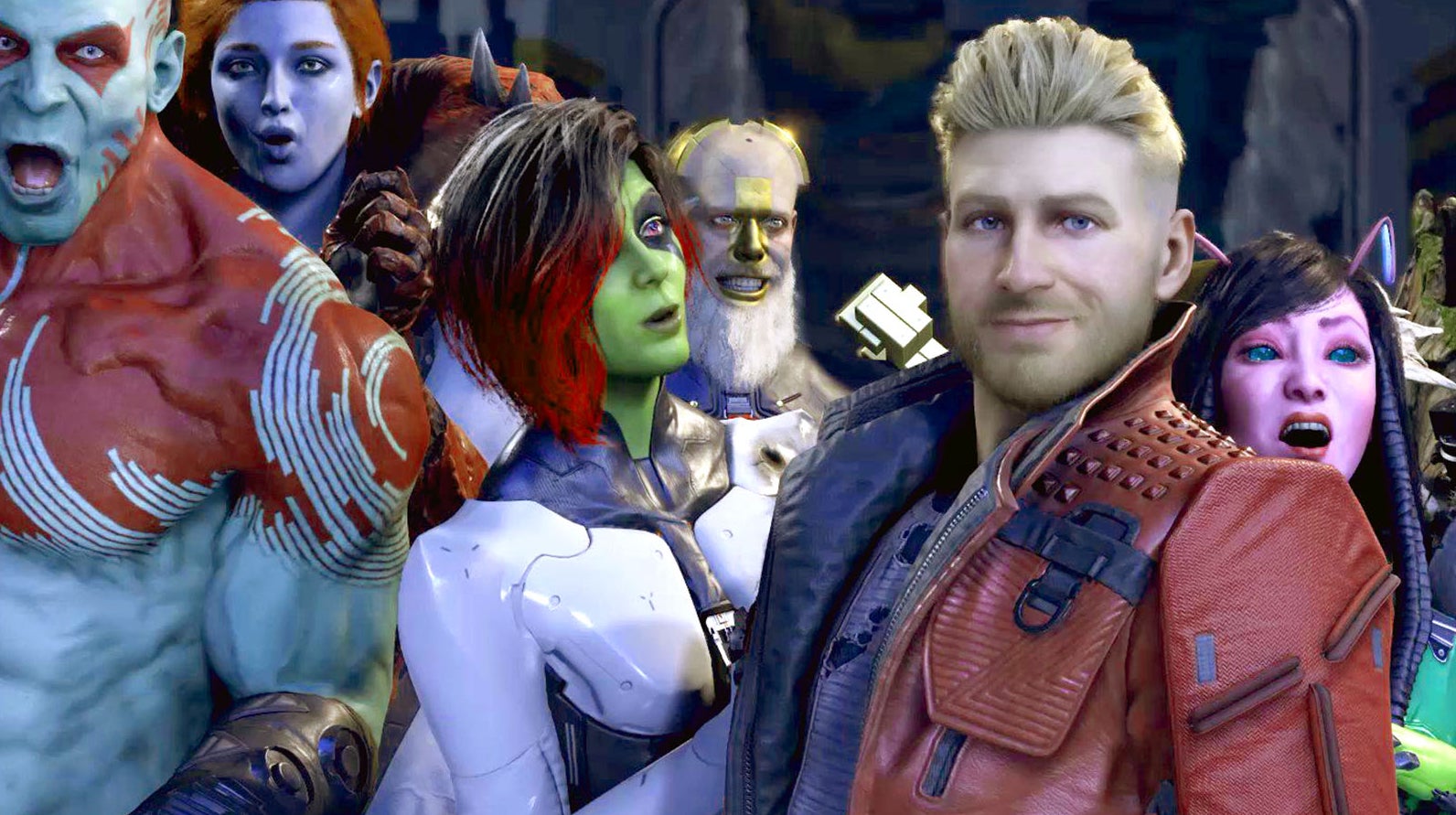Guardians of the Galaxy surprised many this year – myself included – for capturing the essence of its characters – for taking the humour, the eclectic worlds and creatures of the comics, the films, and projecting it back out in video game form. Just ahead of Christmas, I’m glad to say developer Eidos Montreal has fine-tuned its work. Patch 1.05 adds new features alongside bug fixes, with ray tracing as the principal enhancement, substantially improving reflections over the standard quality mode. But what do these RT reflections actually deliver and is there any knock-on impact to the rest of the game? After all, hardware accelerated ray tracing is still a computationally expensive effect. Does something else have to give?
The ray tracing option on PS5 and Series X joins the two existing modes in the graphics menu. There’s still the 4K resolution quality mode for visual purists, running at 30 frames per second. There’s also the 1080p60 performance mode, which still has some trouble locking to 60 frames per second, as bizarre as that sounds. The new RT mode is what could be described as a replacement for the quality option: it’s still pegged at 30fps and it still tops out at full 2160p, but the inclusion of RT sees the dynamic resolution scaling window expand – so you can expect to see 1620p resolution, for example, in rich battle scenes.
RT reflections essentially replace the screen-space alternatives seen in quality mode, meaning that all relevant details are reflected, not just those within the confines of the screen itself. It also sees all appropriate materials affected with reflections to a certain degree. These surfaces reflect and even distort nearby surroundings in a materially correct way. In some cases, the reflections are clearer to see while in others, they’re more diffuse, depending on the surfaca. In fairness, the SSR technique in quality mode still holds up reasonably well and it’s always been a respectable workaround. However, there are scenes where the impact of RT is simply transformative. Yes, resolution may be a touch lower, but it’s difficult to tell in practice owing to the accumulation of detail over time added by temporal super-sampling anti-aliasing.
